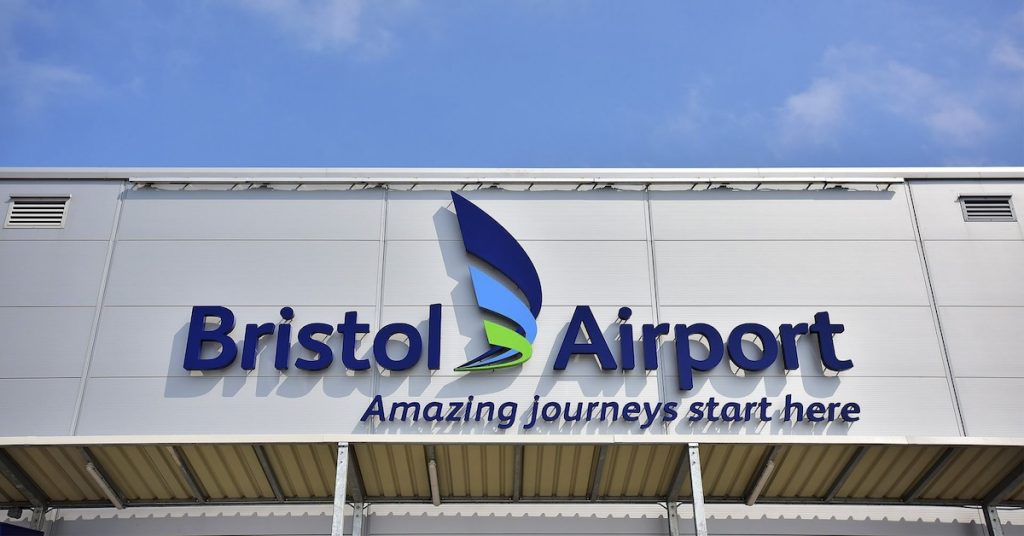A recent incident involving a Boeing 737-800 at Bristol Airport has brought to light critical safety concerns within aviation. The aircraft barely cleared a road during takeoff, raising questions about onboard systems.
This event underscores the importance of stringent maintenance and monitoring procedures, as an autothrottle system failure was identified. Investigations are ongoing, aimed at enhancing future safety protocols.
Incident Overview
A Tui-operated Boeing 737-800 narrowly avoided disaster at Bristol Airport, crossing a main road at an altitude of less than 100 feet. This occurred due to a failure in the aircraft’s autothrottle system, highlighting vulnerabilities in the cockpit technology.
The Air Accidents Investigation Bureau (AAIB) has labelled the occurrence as a ‘serious incident’. The aircraft was attempting a takeoff to Las Palmas on March 4, with 163 passengers and six crew members onboard.
The Technical Fault
The Boeing 737-800 experienced an autothrottle failure that led to insufficient thrust settings during takeoff. Investigators reported that the problem began when the autothrottle disengaged as the takeoff mode was selected, forcing the crew to manually set thrust levels.
Despite the crew’s efforts, the manually set thrust was below the necessary level for a safe takeoff. Consequently, the aircraft barely achieved the minimum required altitude, leading to the close proximity over the A38 road.
The preliminary report from the AAIB pointed out that neither pilot detected the incorrect thrust settings during standard operating procedures, a critical oversight needing urgent address.
Historical Context of Autothrottle Issues
Boeing has acknowledged that its 737-800 models have a history of ‘nuisance disconnects’ in the autothrottle system. Despite these known issues, a newer version of the system, available since October 2021, was not installed in the incident aircraft.
These recurring malfunctions have been a subject of concern, prompting discussions on the necessity for more frequent system updates and better maintenance practices.
The aviation industry has faced similar challenges regarding outdated systems, reflecting broader issues of technological sustainability and risk management. Safety often hinges on the effective updating of key aircraft components.
Response from Authorities and Airline
Following the incident, Tui Airlines has articulated its commitment to passenger and crew safety. A representative emphasised that the airline is collaborating closely with authorities to provide comprehensive information from the incident.
The AAIB has suggested that the findings and recommendations from this investigation could lead to improvements across the aviation sector, potentially influencing global practices.
Tui affirmed that lessons from this incident would be integral in shaping future safety measures, potentially serving as a valuable learning experience for the industry.
Industry Implications and Future Safety Measures
The occurrence has broader implications for aviation safety, particularly concerning cockpit technologies and standard operating procedures. Experts stress the importance of adopting advanced systems to mitigate similar risks in future operations.
There is a call within the industry to prioritise the integration of newer technologies and to enforce regular maintenance checks, ensuring systems are operational and up to date.
The incident at Bristol serves as a stark reminder of the dynamic challenges in aviation safety, where improvements must continuously evolve alongside technological advancements.
Public and Expert Reactions
The aviation community and public have expressed concern regarding the incident, underscoring anxiety over recurring autothrottle issues. Safety remains a paramount focus for both passengers and aviation professionals.
Experts suggest that continuous training and simulation for pilots could enhance their ability to manage unexpected system failures, thus avoiding potential disasters.
Social media platforms reflected mixed reactions, with some expressing trust in ongoing investigative efforts and others questioning past oversight. Public trust is closely tied to transparency and effective communication from involved parties.
Conclusion
The investigative outcomes and recommendations from the AAIB will be crucial in redefining operational standards and safety protocols. Future prevention of similar incidents heavily relies on addressing identified technological flaws and implementing comprehensive safety measures.
The Bristol Airport incident serves as a critical reminder of the complexities involved in ensuring aviation safety. By learning from these events, the industry can aspire to achieve even higher safety standards.
Continued collaboration and adherence to safety recommendations will be essential in fortifying trust between airlines and their passengers, enabling more secure travel experiences.

